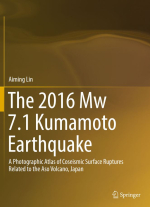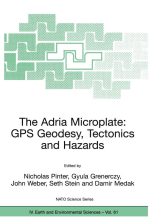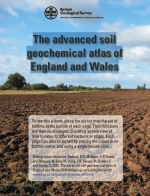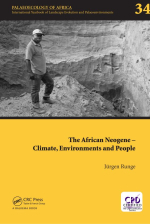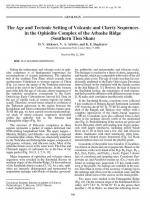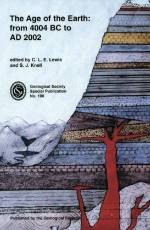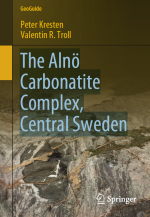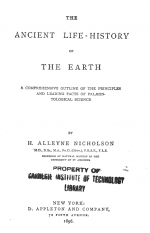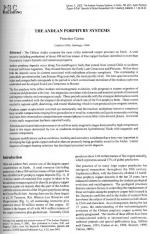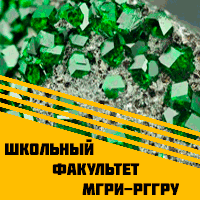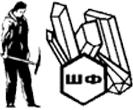Dating the sedimentary and volcanic rocks in ophiolite complexes is of fundamental importance for reconstructions of oceanic paleobasins. The ophiolite belt of the southern Tien Shan, which extends from northwestern Uzbekistan to western regions of China (Fig. 1a), traces the suture of the Turkestan paleocean closed at the end of the Carboniferous. In the western part of the belt, the age of volcanic–cherty sequences of the ophiolite association corresponds to the Early Ordovician–Early Carboniferous interval [6]. Data on the age of similar rocks in eastern regions are rather scanty. Therefore, several issues related to evolution of the Turkestan paleocean in the region between the Kazakhstan and Tarim continental blocks remain open. To fill this gap, we have carried out micropaleontological study of cherty–volcanic sequences developed within the ophiolite belt in the Atbashe and Dzhangdzhir ridges (Fig. 1b).
The structure of Paleozoic complexes in these regions represents a packet of nappes deformed into NNE-striking longitudinal folds. The upper nappes—Shirekty, Balykty, and Atbashe—are mainly composed of metamorphic schists. They are structurally underlain by the Tashrabat and Dzhangdzhir nappes composed of terrigenous, volcanic, and siliceous rocks. Most of the ophiolite thrusts occur at the same level. The Ulan and Chirmash nappes of carbonates lie at the base of the nappe packet (Fig. 1b) [1, 3, 5, 8, 11]. Major fragments of ophiolites and volcanic–cherty sequences were revealed in the Sarybulak Ravine on northern slopes of the Atbashe Ridge, 18 km southwest of the Sarybulak district center [5, 11]. As a rule, ophiolites are intensely disintegrated and represented by serpentinite melange with blocks of dunites, pyroxenites, gabbroids, and metamorphic and siliceous rocks. The melange is overlain by a sheet of cherts, jasperoids, and basalts, which are comparable with rocks of the old oceanic plate cover. The age of rocks was thus far conditionally attributed to the Early Ordovician–Devonian interval based on the similarity with the Sartale section in the Alai Ridge [5, 11]. However, the lack of fauna in
the Sarybulak section, the remoteness of both regions, and their possible affiliation with different tectonic zones [1, 8] make such correlation insufficiently reliable. <...>


